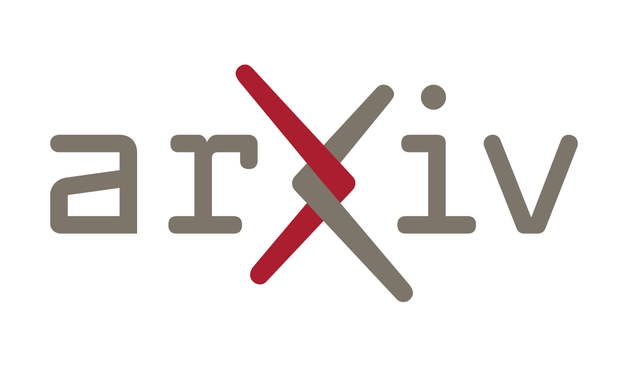'Localisation of Regularised and Multiview Support Vector Machine Learning', by Aurelian Gheondea, Cankat Tilki.
http://jmlr.org/papers/v25/23-0522.html
#lossfunctions #kernels #semidefinite
'Localisation of Regularised and Multiview Support Vector Machine Learning', by Aurelian Gheondea, Cankat Tilki.
http://jmlr.org/papers/v25/23-0522.html
#lossfunctions #kernels #semidefinite
On the curvature of the loss landscape
https://arxiv.org/abs/2307.04719
A main challenge in modern deep learning is to understand why such over-parameterized models perform so well when trained on finite data ... we consider the loss landscape as an embedded Riemannian manifold ... we focus on the scalar curvature, which can be computed analytically for our manifold ...
Manifolds: https://en.wikipedia.org/wiki/Manifold
...
#MachineLearning #NeuralNetworks #manifolds #parametrization #DeepLearning #LossFunctions
One of the main challenges in modern deep learning is to understand why such over-parameterized models perform so well when trained on finite data. A way to analyze this generalization concept is through the properties of the associated loss landscape. In this work, we consider the loss landscape as an embedded Riemannian manifold and show that the differential geometric properties of the manifold can be used when analyzing the generalization abilities of a deep net. In particular, we focus on the scalar curvature, which can be computed analytically for our manifold, and show connections to several settings that potentially imply generalization.
Loss Functions and Metrics in Deep Learning. A Review
https://arxiv.org/abs/2307.02694
One of the essential components of deep learning is the choice of the loss function and performance metrics used to train and evaluate models.
This paper reviews the most prevalent loss functions and performance measurements in deep learning.
#MachineLearning #parametrization #LossFunctions #CostFunctions #NeuralNetworks #optimization #MathematicalOptimization

This paper presents a comprehensive review of loss functions and performance metrics in deep learning, highlighting key developments and practical insights across diverse application areas. We begin by outlining fundamental considerations in classic tasks such as regression and classification, then extend our analysis to specialized domains like computer vision and natural language processing including retrieval-augmented generation. In each setting, we systematically examine how different loss functions and evaluation metrics can be paired to address task-specific challenges such as class imbalance, outliers, and sequence-level optimization. Key contributions of this work include: (1) a unified framework for understanding how losses and metrics align with different learning objectives, (2) an in-depth discussion of multi-loss setups that balance competing goals, and (3) new insights into specialized metrics used to evaluate modern applications like retrieval-augmented generation, where faithfulness and context relevance are pivotal. Along the way, we highlight best practices for selecting or combining losses and metrics based on empirical behaviors and domain constraints. Finally, we identify open problems and promising directions, including the automation of loss-function search and the development of robust, interpretable evaluation measures for increasingly complex deep learning tasks. Our review aims to equip researchers and practitioners with clearer guidance in designing effective training pipelines and reliable model assessments for a wide spectrum of real-world applications.